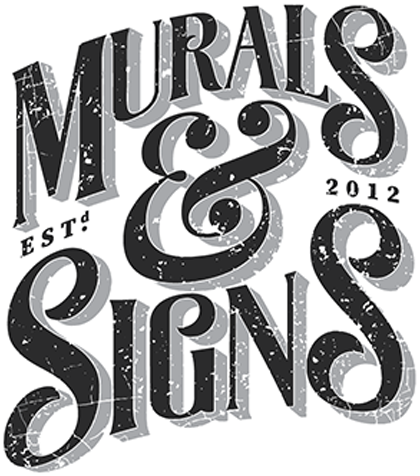As the demand for captivating and unique urban spaces continues to rise, commercial mural commissions have become a dynamic avenue for both artists and businesses to collaborate. However, ensuring the success of such ventures goes beyond creative prowess. Crucial legal and contractual considerations form the backbone of a prosperous commercial mural commission. In this comprehensive guide, we delve into the essential contract elements that pave the way for successful commercial mural commissions.
Clear Scope of Work and Project Details
A robust contract for a commercial mural commission should commence with a precise outline of the scope of work and project particulars. This includes delineating the mural’s dimensions, location, design concepts, color schemes, and any specific themes requested by the client. By establishing a clear understanding of the project’s scope, both parties can align their expectations and avoid potential conflicts arising from misunderstandings.
Compensation and Payment Terms
Clearly defining compensation and payment terms is paramount in any commercial mural commission contract. The contract should specify the total project cost, payment schedule, and any additional expenses that the client may be responsible for, such as material costs or specialized equipment. By setting forth a transparent payment structure, artists can ensure they are compensated fairly for their work, while clients can plan their budget accordingly.
Timeline and Milestones
A detailed project timeline with milestones is crucial for maintaining project momentum and accountability. The contract should outline key milestones, including the start and completion dates, as well as specific checkpoints for client feedback and approvals. This not only keeps the project on track but also safeguards against unnecessary delays that could impact both parties.
Intellectual Property Rights and Usage
Intellectual property rights form a cornerstone of commercial mural commissions. Artists must establish their rights to the artwork they create. The contract should clarify whether the artist retains copyright ownership or transfers it to the client upon completion. Usage rights should also be defined, specifying where and how the mural can be displayed, reproduced, and promoted. This section is critical in preventing disputes and ensuring the artist’s work is properly attributed.
Changes and Revisions
In the dynamic process of mural creation, changes and revisions are sometimes necessary. The contract should delineate a process for requesting and implementing changes, including any associated costs. This section ensures that both parties are aligned on how modifications will be handled while maintaining transparency in communication.
Force Majeure and Termination
Unforeseen circumstances can disrupt even the best-laid plans. Including a force majeure clause in the contract accounts for events beyond the parties’ control, such as natural disasters or government actions, which may lead to project delays or cancellations. Additionally, the contract should outline conditions under which either party can terminate the agreement, safeguarding the interests of both the artist and the client.
Insurance and Liability
Mitigating risks through insurance coverage is an integral part of any contract for commercial mural commissions. Artists should consider liability insurance to protect against accidents or injuries that may occur during the mural installation. Similarly, clients may need to ensure that their property insurance covers any potential damage to the mural after installation. Addressing these aspects in the contract provides peace of mind and minimizes potential liabilities.
Confidentiality and Non-Disclosure
Preserving the confidentiality of project details, especially in the case of proprietary or sensitive information, is essential. Artists and clients should agree on a confidentiality and non-disclosure clause to protect trade secrets, design concepts, and other confidential information exchanged during the project.
Conclusion
A successful commercial mural commission transcends artistic brilliance and hinges on a well-crafted contract that outlines the rights, responsibilities, and expectations of both parties. By meticulously addressing the core elements outlined above – from the scope of work and compensation terms to intellectual property rights and termination clauses – artists and clients can forge a collaborative partnership founded on clarity, trust, and mutual respect. This contract-driven approach not only safeguards the interests of all stakeholders but also lays the foundation for a visually captivating mural that seamlessly integrates with its urban environment. As the demand for exceptional public art continues to thrive, mastering the intricacies of mural commission contracts is an indispensable skill for both artists and businesses aiming to leave an indelible mark on the urban landscape.
Protecting intellectual property in commercial mural collaborations
